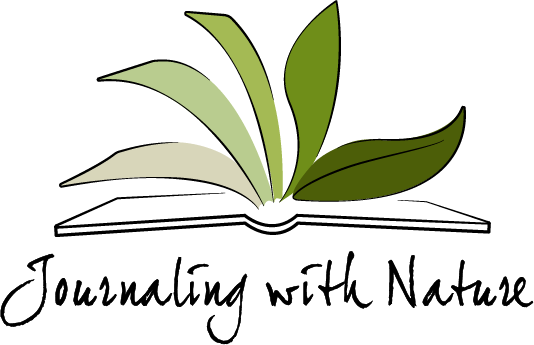A simple framework for nature journaling
Knowing what to put on your nature journal page can be a challenge sometimes. When we are outdoors and faced with thousands of possibilities for what to document, it can be hard to know where to focus our attention. Recently, I’ve been thinking about ways to articulate exactly what I want to express in my nature journal. In this blog post I would like to share with you a simple framework that I have created that helps articulate everything that I want to capture on my pages. The framework includes what I want to focus on in nature, as well as the aspects of myself I can tap into when I am journaling.
Life, landscape, linkages
Nature is complex. Every living thing exists within a wider ecosystem, a network of biotic and abiotic elements that interact and affect each other. In my nature journal, I want to document different parts of an ecosystem in order to understand more about the ecology of my environment.
When I am outdoors, I aim to include three elements on my nature journal page:
Life
Landscape
Linkages
Life refers to all the biotic parts of an ecosystem – that is, everything that is alive. Plants, animals, fungi, bacteria, and the other tiny stuff! By observing and documenting living organisms we are deepening our connection to the web of life and finding our place within it. We are drawn to documenting life because we are experiencing it ourselves!
Landscape includes all of the biotic and abiotic elements that form the scene where we find ourselves. You might document the vegetation, rocks, topography, soil and water, as well as the weather. You can draw the landscape, or you can include a simple written description of your surroundings. Documenting the landscape gives context to your page, showing the ‘stage’ on which the story of life is unfolding.
Linkages refers to the interactions between different parts of the ecosystem. When we nature journal the bitemarks left on a leaf by an insect we are journaling about linkages. When we witness a bee pollinating a flower we are seeing linkages in action. When we watch a bird building a nest, this is the birds interacting with the landscape, finding resources, and using them in their own unique way. The most exciting nature stories are found in these linkages and documenting them adds richness to our pages.
When we include these three elements on our nature journal pages, we build up a more complete picture of what is happening in the ecosystem. Sometimes, in the past, I have nature journaled about one small part of nature, a particular flower or fruit for example. Looking back on these pages, it is nice to see and remember the observations I documented, and the things I learned about this species, but without the wider context of the landscape and linkages, it feels less complete. Documenting the ecosystem by including observations of life, landscape and linkages, helps me build a more detailed page and understand nature more fully.
Engaging your body, mind, and heart for a deeper connection with nature
We can make our nature journal observations using different parts of ourselves. We all have senses with which to experience the world. We all have brains with which to question, hypothesise, count, measure, and make inferences. And we all have emotions and feelings, which help us connect deeply with nature, and experience awe, wonder, and a sense of love and belonging. These are the physical, mental and emotional dimensions of our being that we can tap into while we are nature journaling.
We can summarise these as:
Body
Mind
Heart
Body is all about experiencing the world through our senses. What do we experience with this exquisite piece of sensing machinery we have been given? Make observations with all of the senses you have available to you. What do you see, hear, smell, touch and taste (if it is appropriate)?
Mind refers to the analytical and questioning parts of ourselves, the scientific way of thinking. With our minds we can wonder and question, estimate, and make inferences. We can choose to tap into our inner scientist and use our analytical minds while we are journaling.
Heart is, for me, the most important piece. We have the capacity for love, for compassion, for connection and healing. When I am paying close attention to what is around me in nature, I feel open hearted and alive; I feel in love and in-tune with other beings and with this earth. Tuning into this tender part of ourselves can make nature journaling one of the richest and most heartfelt ways to spend our time on this planet.
By tuning into our senses, exercising our scientific minds, and feeling our emotions, we can experience nature through different lenses. Each of these have value and using them together can help us create a full and vivid record of our experiences in nature.
Integrating the ideas
Explore the pages of nature journalers like Clare Walker Leslie and Paula Peeters and you will find these ideas in action. They portray living things within the context of their landscape and the ways that elements are interacting. They also bring in the feeling aspect of this practice and how creatively connecting with the natural world can be a solace in our lives.
You might find that you already naturally include life, landscape, and linkages in your nature journal pages as well as making observations with your body, mind, and heart. But, sometimes articulating a simple idea can help us remember and integrate it. If it is useful to you, I invite you to think about life, landscape and linkages when you are next outside with your journal and consider the ways that you can include observations made with body, mind and heart to create a comprehensive record of your nature experiences.





